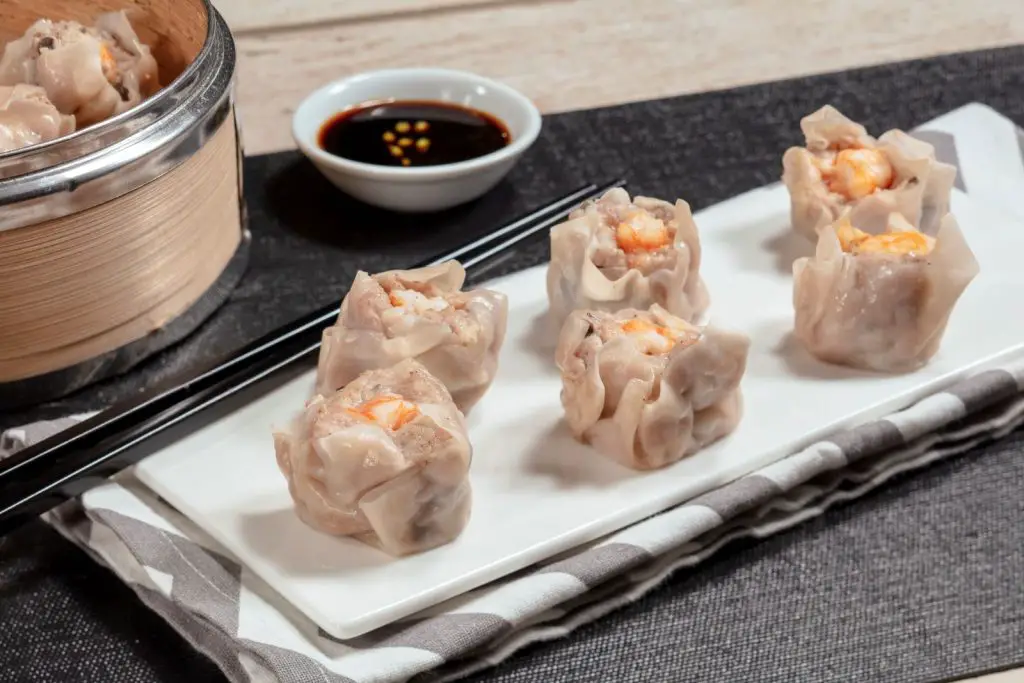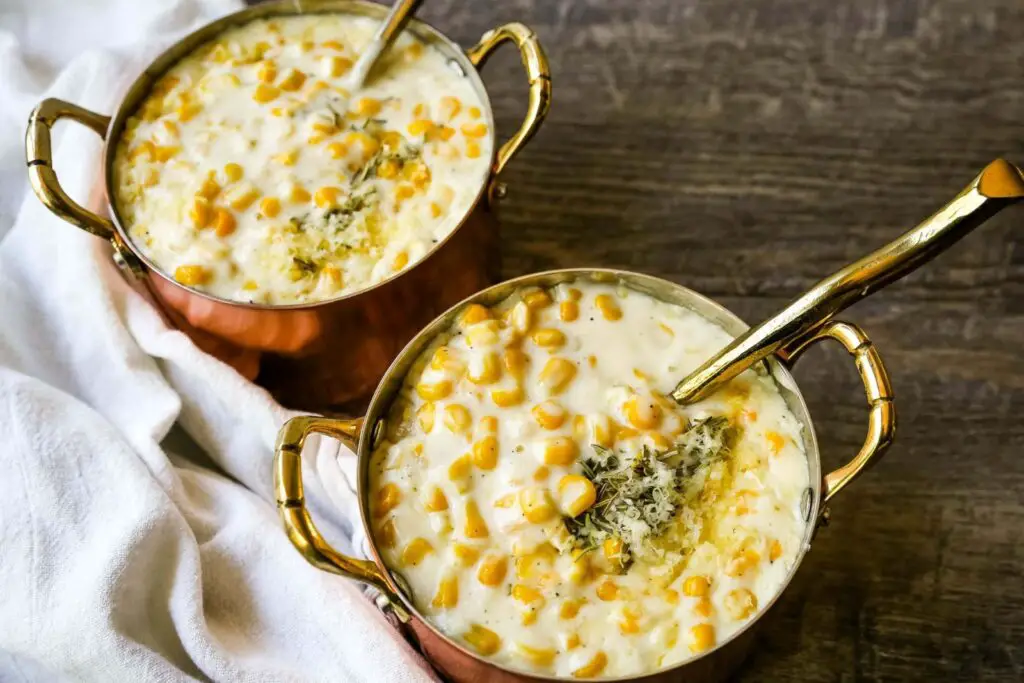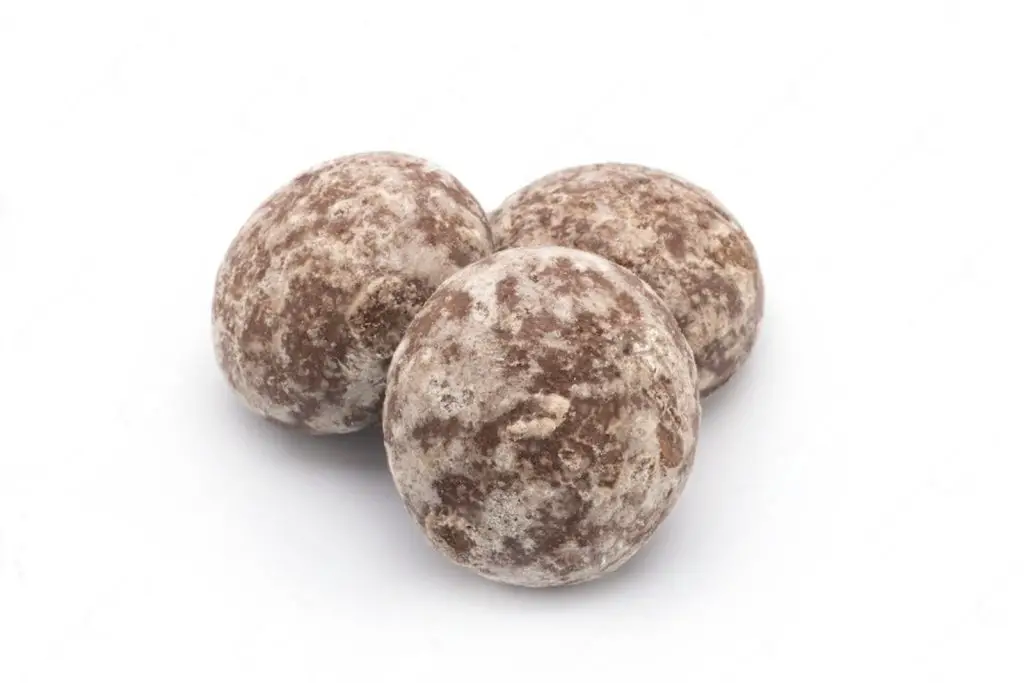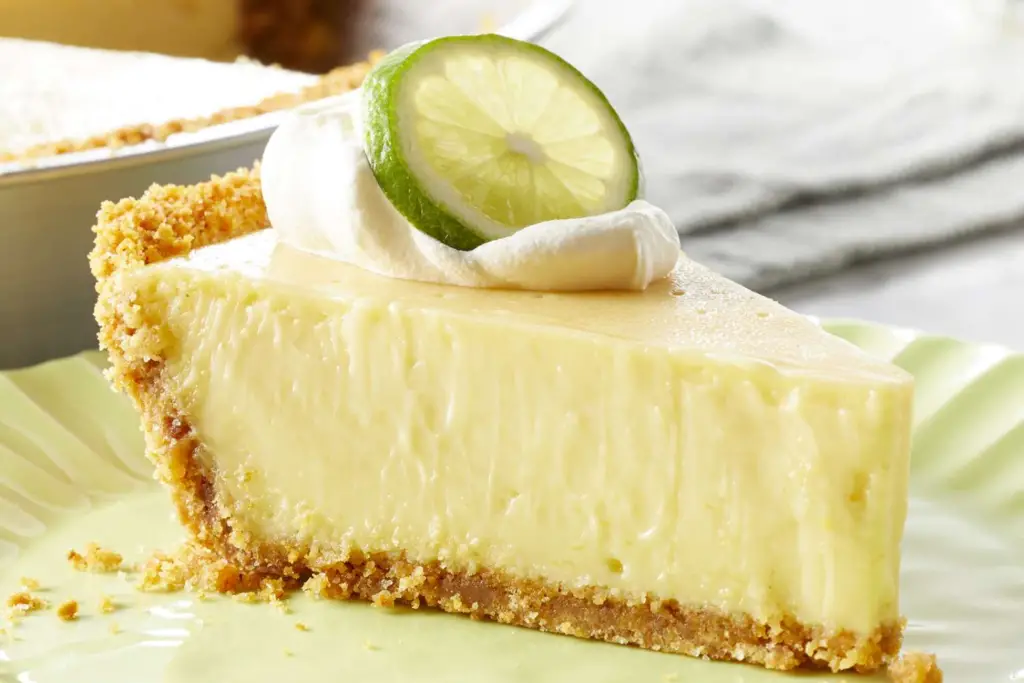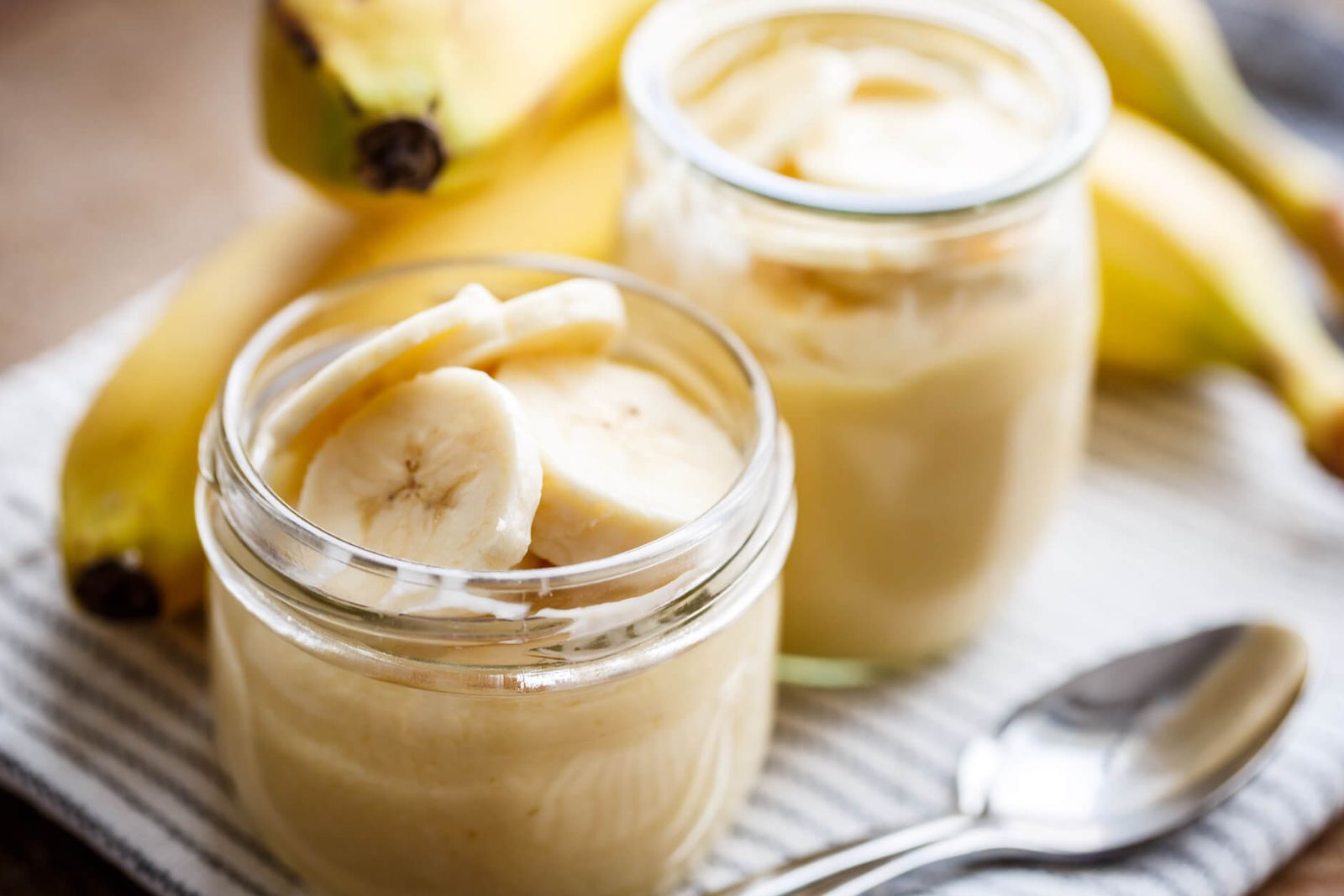
Banana puree, a versatile and naturally sweet ingredient that adds a burst of flavor to a variety of culinary creations. Banana puree is made by blending ripe bananas into a smooth and silky consistency, capturing the essence of their natural sweetness and aroma. This luscious puree serves as a fantastic base for smoothies, desserts, baked goods, and even baby food. Whether used as a natural sweetener, a binding agent, or a flavor enhancer, banana puree brings a delightful touch to your favorite recipes.
If you have an excess amount of banana puree or want to extend its shelf life, freezing it is an excellent option. In this guide, we’ll delve into the process of freezing banana puree, sharing valuable tips and techniques to preserve its freshness and flavors, ensuring that you can enjoy the goodness of this versatile ingredient whenever inspiration strikes, whether it’s for a refreshing smoothie or a delectable banana-infused treat.
Here are the simple steps to freeze banana puree:
Step 1: Select the Right Bananas
In the first step of freezing banana puree, selecting the right bananas is crucial for achieving a successful outcome. Ripe bananas are the preferred choice because they offer the best flavor and texture for pureeing. When selecting bananas, look for those that are fully yellow with some brown spots on the skin.
The presence of brown spots indicates that the bananas are at their peak ripeness. At this stage, bananas have a higher sugar content, resulting in a sweeter taste when pureed. The natural sugars in ripe bananas also contribute to the overall flavor profile of the puree.
Additionally, ripe bananas are easier to puree compared to unripe ones. They have a softer texture, which means they can be blended smoothly without lumps or chunks. This is particularly important when freezing banana puree, as a smooth consistency ensures better results when using the puree in recipes.
Furthermore, overripe bananas can also be utilized for freezing banana puree. These bananas are characterized by a deeper yellow color with more prominent brown spots. They may even have a soft and mushy texture. While overripe bananas may not be ideal for eating as is, they are perfect for pureeing and freezing. Their softness makes them easier to blend into a smooth and creamy puree, ensuring a delightful texture in the final product.
By selecting ripe or overripe bananas, you ensure that your frozen banana puree will possess a naturally sweet flavor and a smooth consistency, making it a versatile ingredient for various recipes.
Step 2: Prepare the Bananas
In the second step of freezing banana puree, proper preparation of the bananas is essential to ensure a smooth and uniform puree. Follow these steps to prepare the bananas for freezing:
- Start by peeling the ripe bananas and discarding the skins. Gently hold the banana and peel away the skin, removing any remnants that may be attached.
- Once peeled, slice the bananas into small pieces. This step helps in two ways. First, it facilitates the blending process, as smaller pieces are easier to process smoothly. Second, it ensures that the puree freezes evenly and thaws consistently later on.
- If you prefer an even smoother puree, you have a couple of options. One method is to mash the banana slices with a fork until you achieve the desired consistency. This is a simple and effective way to create a smooth puree, especially if you prefer a slightly chunky texture.
- Alternatively, you can use a blender or food processor for a creamy and completely smooth puree. Place the banana slices into the blender or food processor and blend until you achieve a silky texture without any lumps or chunks. This method guarantees a consistently smooth puree that’s ready to be frozen.
By preparing the bananas for freezing and creating a smooth, lump-free puree that will maintain its quality during the freezing process.
Step 3: Add Stabilizers
In this step of freezing banana puree, you have the option to add stabilizers to the puree. While this step is not mandatory, it can help preserve the color, texture, and flavor of the banana puree during the freezing process. Stabilizers such as lemon juice or ascorbic acid are commonly used for this purpose.
One of the main benefits of adding a stabilizer is to prevent the banana puree from turning brown. When exposed to air, bananas naturally undergo enzymatic browning, resulting in a less visually appealing product. The acidity in stabilizers like lemon juice or ascorbic acid can help inhibit this browning reaction, keeping the puree’s vibrant yellow color intact.
In addition to preserving the color, stabilizers also contribute to maintaining the texture of the puree. Freezing can sometimes cause a slight change in texture, and the addition of stabilizers can help minimize any potential loss in texture quality. The acidic nature of these stabilizers helps prevent ice crystal formation, which can lead to a grainy or icy texture in the frozen puree.
Furthermore, stabilizers can aid in retaining the fresh flavor of the bananas. The acidity in lemon juice or ascorbic acid can help counteract any slight flavor degradation that may occur during the freezing process. By incorporating stabilizers, you can enhance the overall taste of the banana puree and ensure it remains as close to the original flavor as possible.
It’s important to note that while stabilizers can be beneficial, they are entirely optional. If you prefer to keep the puree as simple as possible without any additives, you can skip this step. However, if you desire a visually appealing, smooth, and flavorful banana puree, adding stabilizers can be a valuable choice.
Remember to use stabilizers in moderation and follow the recommended guidelines for their usage. This way, you can ensure that the banana puree retains its vibrant color, appealing texture, and fresh flavor throughout the freezing process.
Step 4: Pack the Puree
In the fourth step of freezing banana puree, proper packaging is crucial to maintain the quality and convenience of the frozen puree. Follow these steps to package the banana puree:
- Transfer the prepared banana puree into airtight freezer-safe containers or resealable plastic bags. These containers or bags should be specifically designed for freezer use to prevent freezer burn and maintain the freshness of the puree.
- When filling the containers or bags, leave some space at the top. This space allows the puree to expand as it freezes. If the containers or bags are filled to the brim, there is a risk of leakage or bursting as the puree expands during the freezing process.
- It is important to label the containers or bags with the date of freezing. This allows you to keep track of the freshness of the puree and ensures that you use it within the recommended storage period.
- For convenience and ease of use, consider portioning the puree into smaller containers or bags. This way, you can thaw only the amount needed for a specific recipe, reducing waste and making it more convenient to use the frozen puree in the future.
By taking these packaging steps, you ensure that the banana puree remains protected, maintains its quality, and is easy to manage when it comes to thawing and using it in recipes. Proper packaging also helps to prevent freezer burn and extends the shelf life of the puree, allowing you to enjoy its flavors and nutritional benefits for an extended period.
Step 5: Freeze and Store in the Freezer
In the fifth step of freezing banana puree, proper freezing and storage techniques are essential to maintain the quality and freshness of the puree. Follow these steps to ensure optimal preservation:
- Place the sealed containers or bags of banana puree in the freezer. Make sure they are securely sealed to prevent any air or moisture from entering, which can lead to freezer burn and affect the quality of the puree.
- Set the freezer temperature to 0°F (-18°C) or below. This low temperature helps preserve the texture, flavor, and nutritional value of the puree. It also slows down the growth of microorganisms, ensuring food safety.
- To maintain the best quality, it is recommended to freeze the puree as quickly as possible. Avoid overloading the freezer with warm items, as this can increase the freezer’s internal temperature and slow down the freezing process. Freezing the puree rapidly helps to preserve its texture and taste.
- The frozen banana puree can be stored in the freezer for up to three months. However, for the best quality, it is recommended to use it within one to two months. Over time, the texture and flavor of the puree may start to deteriorate, so it’s ideal to use it within a reasonable timeframe.
By doing these freezing and storage guidelines, you can ensure that the banana puree remains in optimal condition for an extended period. Proper freezing and storage practices help retain the flavor, texture, and nutritional value of the puree, allowing you to enjoy its versatility in various recipes.
Step 6: Thaw the Frozen Banana Puree
In the sixth and final step of freezing banana puree, it’s time to thaw the frozen puree and put it to use in your favorite recipes. Follow these steps to thaw and utilize the frozen banana puree:
- When you’re ready to use the puree, take out the desired portion from the freezer. It’s best to transfer it to the refrigerator and allow it to thaw overnight. Thawing the puree slowly in the refrigerator helps maintain its texture and flavor.
- Thawing the puree in the refrigerator also reduces the risk of bacterial growth, ensuring food safety. Avoid thawing the puree at room temperature, as this can lead to faster spoilage and compromise the quality of the puree.
- Once the banana puree has thawed completely, it’s ready to be used in various recipes. The thawed puree can be added to smoothies to enhance their flavor and creaminess. It can also be used as an ingredient in baking recipes, such as banana bread, muffins, or pancakes, to infuse them with the natural sweetness and moisture of bananas.
- The thawed banana puree is also suitable for use in baby food recipes. Its smooth consistency and natural sweetness make it a nutritious and delicious addition to homemade baby food blends.
- It’s important to note that frozen banana puree may become slightly watery after thawing. This is a natural occurrence and does not affect the taste or usability of the puree. Simply give it a gentle stir before using it in your desired recipes.
By thawing the frozen banana puree and incorporating it into a variety of dishes. Thawing the puree slowly in the refrigerator helps maintain its quality, ensuring that you can enjoy its flavor and nutritional benefits just as you would with fresh bananas.
Other related questions
Can you refreeze banana puree?
No, it is generally not recommended to refreeze banana puree once it has been thawed. Freezing and thawing alter the texture and quality of the puree, and refreezing can further degrade its taste and texture. It is best to use the thawed banana puree immediately or store it in the refrigerator for a short period, rather than attempting to refreeze it.
How do I know if the banana puree has gone bad after being frozen?
To determine if frozen banana puree has gone bad, inspect its appearance, smell, and taste. If the puree shows signs of mold, an off-putting odor, or an unusual taste, it is likely spoiled and should not be consumed. Additionally, any significant changes in color, texture, or the presence of ice crystals may indicate degradation and the puree should be discarded for safety reasons.
Do I need to add any preservatives when freezing banana puree?
No, it is not necessary to add any preservatives when freezing banana puree. Banana puree can be successfully frozen without the need for additional preservatives. Proper packaging and storage techniques, such as using airtight containers or bags, are sufficient for preserving the banana puree without the need for preservatives.
Can frozen banana puree be used in baking or dessert recipes?
Yes, frozen banana puree can be used in various baking and dessert recipes. It serves as a convenient substitute for fresh bananas, providing a smooth and consistent texture to the final product. Frozen banana puree works well in recipes like banana bread, muffins, cakes, smoothies, and even ice cream, imparting a sweet and fruity flavor.
Can you freeze banana puree made with overripe bananas?
Yes, you can freeze banana puree made with overripe bananas. In fact, overripe bananas are ideal for making banana puree as they are softer and sweeter. Freezing the banana puree helps preserve its flavor and texture, allowing you to use it later in various recipes like smoothies, baked goods, and desserts. Make sure to store the puree in airtight containers or freezer bags to prevent freezer burn and maintain its quality.
Can I use frozen banana puree as a spread or filling?
Yes, frozen banana puree can be used as a spread or filling. It can be thawed and spread onto toast, pancakes, or waffles, offering a naturally sweet and fruity flavor. Additionally, frozen banana puree can be used as a filling for pastries, crepes, or cakes, adding a creamy and delicious element to the dish. Its versatility makes it a convenient option for various culinary applications.

